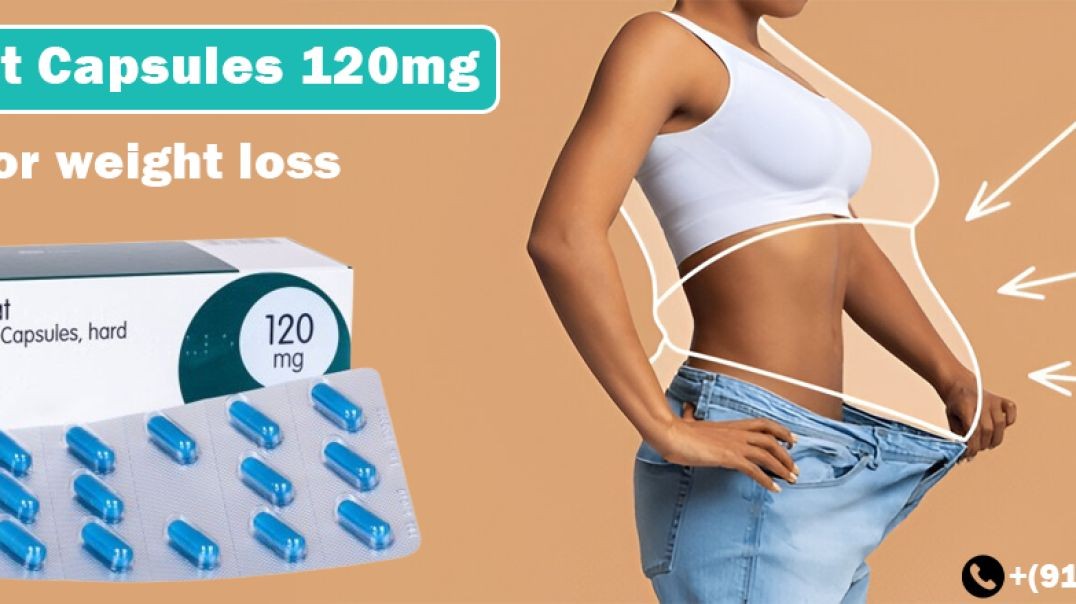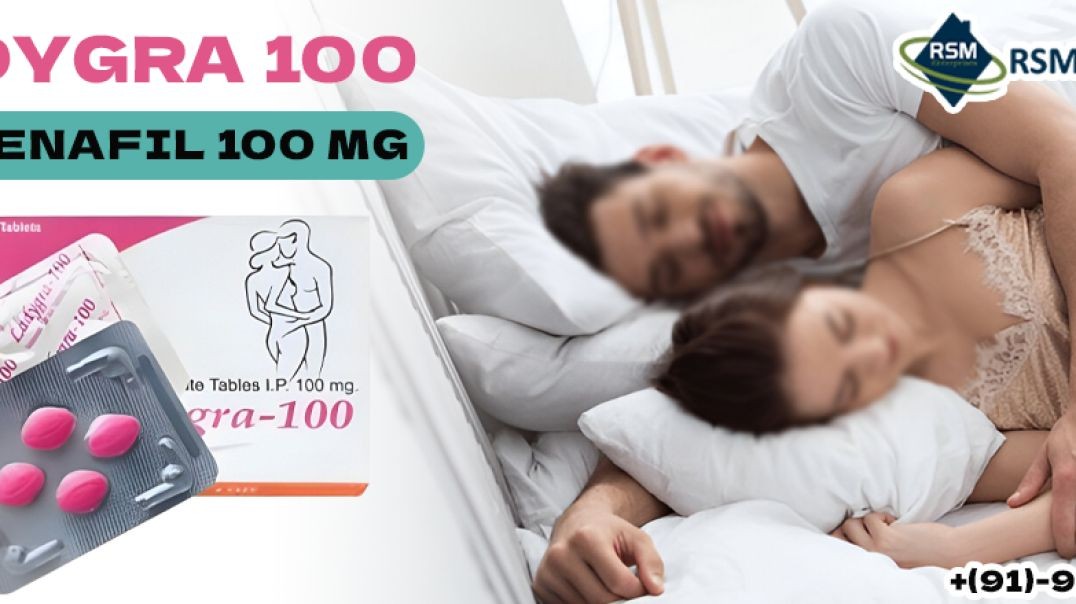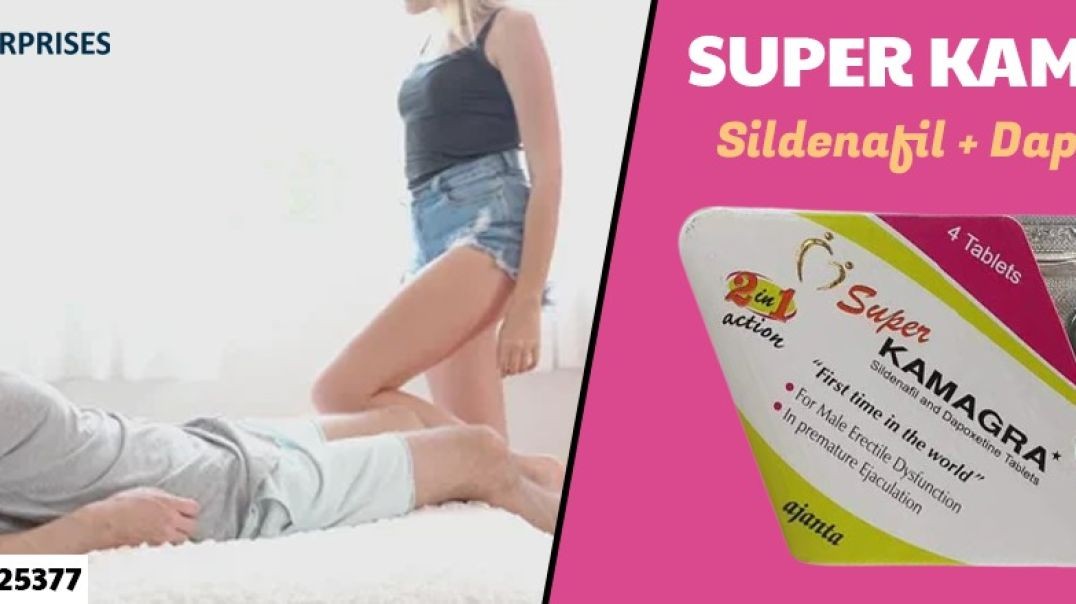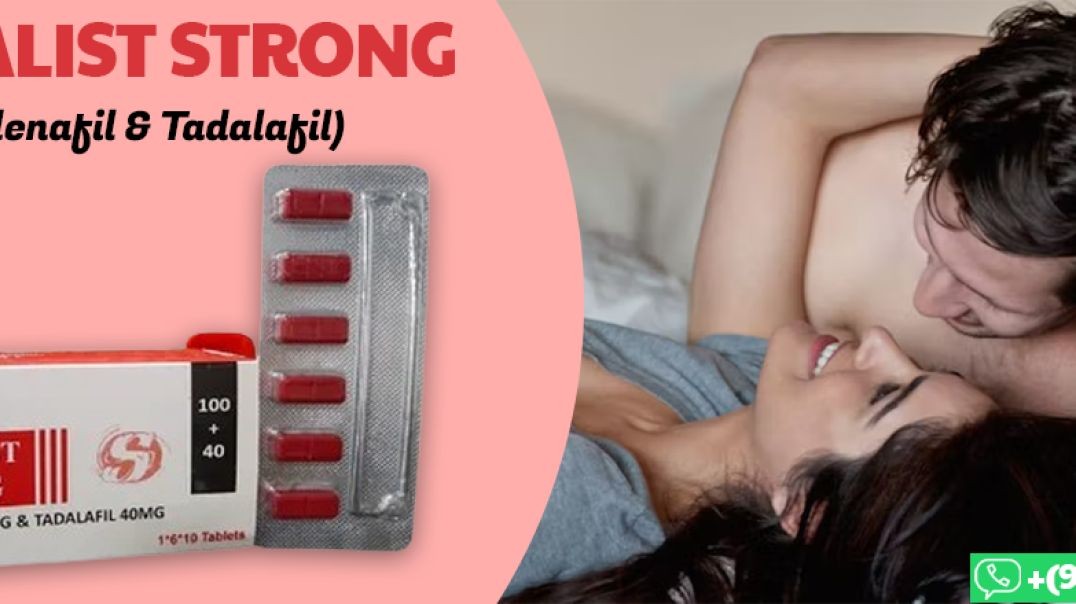Top videos
Excerpt from my Normal Skin Histology video: https://kikoxp.com/posts/3660.
A complete organized library of all my videos, digital slides, pics, & sample pathology reports is available here: https://kikoxp.com/posts/5084 (dermpath) & https://kikoxp.com/posts/5083 (bone/soft tissue sarcoma pathology).
Please check out my Soft Tissue Pathology & Dermatopathology survival guide textbooks: http://bit.ly/2Te2haB
Also, in the past I used "keratinocyte" and "squamous cell" interchangeably (this is because in dermatopathology, we see and talk about squamous cell carcinomas all the time, and those tumors are composed of keratinocytes). But technically, in normal skin histology, "squamous cell" refers only to the flattened keratinocytes in the superficial epidermis. Thankfully, a histology PhD colleague pointed this out to me and corrected my lazy nomenclature!
This video is geared towards medical students, pathology or dermatology residents, or practicing pathologists or dermatologists. Of course, this video is for educational purposes only and is not formal medical advice or consultation.
Presented by Jerad M. Gardner, MD. Please subscribe to my channel to be notified of new pathology teaching videos.
Follow me on:
Snapchat: JMGardnerMD
Twitter: @JMGardnerMD
Instagram: @JMGardnerMD
Kiko: https://kikoxp.com/profile/jer....ad_gardner1/content?
Facebook: https://www.facebook.com/JMGardnerMD/
| MBBS मतलब JOHARI MBBS I
Download Johari MBBS APP ( For Online LIVE Classes, Notes, Books PDFs, Test Series )
Johari MBBS ( iPhone IOS Users ) LINK { FOR Online LIVE Classes }
https://apps.apple.com/in/app/....johari-mbbs/id647466
JOHARI MBBS APP ( Android ) LINK { FOR Online LIVE Classes }
https://play.google.com/store/....apps/details?id=co.d
CRASH COURSE LINK ( Anatomy in 30Days with Biochemistry In 7Days Series )
https://zczob.on-app.in/app/oc/389813/zczob
IMPORTANT LINKS :-
1) ORDER Anatomy Next Edition Module , Biochemistry in 7Days & Physiology MODULE
https://joharimbbs.com/
2) Join INSTAGRAM ( For Notes, Revision REELs, Updates )
https://www.instagram.com/johari_mbbs_lectures/
3) INSTA Broadcast Channel ( FOR Daily VLOGS, Life Update )
https://ig.me/j/Abal9xRcXcUyrYpT/
4) Telegram ( For FREE BOOKS PDFs )
https://t.me/joharimbbsofficial
5) Whatsapp Channel ( Daily Update )
https://whatsapp.com/channel/0....029VaEeWKWHAdNb0xOzl
6) Follow On Twitter ( For Latest Updates )
https://twitter.com/JohariMbbs
CRASH COURSE LINK ( Anatomy in 30Days with Biochemistry In 7Days Series )
https://zczob.on-app.in/app/oc/389813/zczob
#mbbs #joharimbbs #anaatomy #biochemistry #physiology #medico #doctors
histology slide identification tricks
histology slides identification tricks
histology slide
histology slides
histology slides identification
histology slide preparation
histology slides identification epithelium
histology slides identification connective tissue
histology slides identification tricks
histology slides of epithelium
histology slide identification
#anatomy#clinicalanatomy #MBBS #neroanatomy #bdc #medsudent #medicalcollege
For notes IG - johari_mbbs_lectures
link- https://www.instagram.com/p/CNOwFgEJmJL/
Join Telegram Channel ( JOhari MBBS Public 20x )
https://t.me/JohariMBBS
For Tag :-
histology , histology slides , histology slide identification , histology slides identification , histology slides preparation , tongue histology slide , histology slides asked in exam , histology slide identification trick , histology slides of connective tissue , mbbs histology , histology slides identification epithelium , trachea histology slide , slides , duodenum histology slide , histology slides tricks , histology slides review , examine histology slides
► Sign up here and try our FREE content: http://lectur.io/freecontentyt
► If you’re an medical educator or faculty member, visit: http://lectur.io/medytb2u
This video “Respiratory Histology” is part of the Lecturio course “Histology” ► WATCH the complete course on http://lectur.io/respiratoryhistology
► LEARN ABOUT:
- The cellular components of epithelium
- Structure and function of the conchae
- The cellular components of olfactory epithelium
- Components of the true vocal cord
- Function of the epiglottis
- The difference between bronchus, bronchiole, respiratory bronchiole
- Alveolar duct and Alveolar sac
- Components that make up the interalveolar septum
- Type I and Type II of alveolar cells, macrophages and endothelium
- Two separate blood supplies to the lungs and their functions
- Summary of the functions and the system of the respiratory system
► THE PROF: Your lecturer is Professor Geoff Meyer. He is currently teaching at the School of Anatomy, Physiology and Human Biology at the University of Western Australia (UWA). As a leading anatomy and histology expert he is also coordinating the Federative International Program for Anatomical Terminologies (FIPAT) of the International Federation of Associations of Anatomists (IFAA). Besides medical research on the ovarian function, steroidogenesis, corpus luteum, angiogenesis, and microcirculation, Geoff Meyer’s research activities also focus on developing innovative, computer-aided learning and teaching tools. For his inventiveness, Geoff Meyer has received a number of awards, including the Australian University Teaching Award.
► LECTURIO is your single-point resource for medical school:
Study for your classes, USMLE Step 1, USMLE Step 2, MCAT or MBBS with video lectures by world-class professors, recall & USMLE-style questions and textbook articles. Create your free account now: http://lectur.io/respiratoryhistology
► INSTALL our free Lecturio app
iTunes Store: https://app.adjust.com/z21zrf
Play Store: https://app.adjust.com/b01fak
► READ TEXTBOOK ARTICLES related to this video:
Histology of the Airways
http://lectur.io/respiratoryhistoloyarticle
► SUBSCRIBE to our YouTube channel: http://lectur.io/subscribe
► WATCH MORE ON YOUTUBE: http://lectur.io/playlists
► LET’S CONNECT:
• Facebook: https://www.facebook.com/lectu....rio.medical.educatio
• Instagram: https://www.instagram.com/lecturio_medical_videos
• Twitter: https://twitter.com/LecturioMed
• Pinterest: https://www.pinterest.de/lecturiomedical
• LinkedIn: https://www.linkedin.com/company/lecturio-medical/
0:00 Introduction
2:00 Respiratory system Summary of structure and function
3:32 Conducting portion
7:49 The Nasal cavities
11:27 The nasal cavity
13:06 Respiratory mucosa
15:26 Olfactory mucosa
17:13 Olfactory receptor
21:16 The larynx (and the epiglottis)
25:44 The trachea
29:16 The bronchi
31:35 Bronchiole
38:50 Alveolus
40:45 Air blood barrier
43:36 Alveolar macrophages
45:35 Blood supply and lymphatic drainage of the pulmonary lobule
The moment doctors at University Hospital's Case Medical Center activate the electrode they implanted in patient Greg Grindley’s brain, the tremor in his right hand stops immediately.
➡ Subscribe: http://bit.ly/NatGeoSubscribe
About National Geographic:
National Geographic is the world's premium destination for science, exploration, and adventure. Through their world-class scientists, photographers, journalists, and filmmakers, Nat Geo gets you closer to the stories that matter and past the edge of what's possible.
Get More National Geographic:
Official Site: http://bit.ly/NatGeoOfficialSite
Facebook: http://bit.ly/FBNatGeo
Twitter: http://bit.ly/NatGeoTwitter
Instagram: http://bit.ly/NatGeoInsta
Tremor Relief at Last | Brain Surgery Live
https://youtu.be/iX-QKDnUbhg
National Geographic
https://www.youtube.com/natgeo
In this video, Dr Dhaval Patel, the best brain & spine surgeon in Surat South Gujarat, is performing Brain Hemorrhage Surgery. The Brain Hemorrhage Surgery was successfully done by the best neurosurgeon Dr Dhaval Patel in the midnight in Surat, South Gujarat.
Dr Dhaval Patel is the best and experienced brain & spine surgeon in Adajan, Vesu, Parvat Patiya, Surat, South Gujarat. Dr Dhaval is the expert of treatments and surgery for brain problems and spine problems.
.
Brain Hemorrhage Surgery, Best Brain & Spine Surgeon, Neurosurgeon, Brain Tumor Surgery, Brain Treatment Expert, Brain Expert, Brain & Spine Surgery, Neurosurgery in Surat, South Gujarat, Ahmedabad, Rajkot, Anand, Porbandar, patan, kutch, jamnagar, bhavnagar, junagadh, mehsana, nadiad, amreli, morbi, gandhinagar, verval, palanpur,godhra, gandhidham, botad, jetpur, kundal, kalol, disha, gondal, himatnagar, bhuj, modasa, lonavala, mandavi, kheda, khambhaliya, khambhat, dwarka, chhota udaipur, ambaji, dhoraji, idar, vallabhipur, una, dhandhuka, bhachau, mundra.
Dr. Dhaval Patel is an excellent neurosurgeon in Surat, South Gujarat. He is a Brain and Spine Surgeon; he is a reputable Neurosurgeon in Surat, South Gujarat. He has been practicing for the past five years. Till now, he has done 2500+ minor and major surgeries.
NEUROSURGEON DR. DHAVAL PATEL
Specialist in Brain & Spine Surgery
M.S.DNB (Neurosurgery - New Delhi)
Consultant Neurosurgeon
Surat Neuro Clinic Majura Gate, Ring Road, Surat.
Unity Hospital Parvat Patiya, Surat
United Green Hospital Adajan, Surat.
For more info. : +91-9687866766
#brainhemorrhage #brainsurgery #brainhemorrhagesurgery #brainstroke #heartdisease #brainconditions #brainsurgery #drdhavalpatel #spine #spinesurgery #unitedgreenhospital #surat_neuro_clinic #unity_hospital #drdhavalpatel #hormones #health #neuro #neurologiest #brain #surgery #recovery #patientreview #neurosurgeon #minimally_invasive #surgery #neurosurgery #stroke #heartattack #i3corporation
Kendall Lee, M.D., describes deep brain stimulation surgery, and how it is is typically done with patients who remain awake, so neurological functions can be measured and maintained. For more information on deep brain stimulation, visit http://mayocl.in/2A09T80.
Patient Greg Grindley communicates with host Bryant Gumbel and his wife for the first time while undergoing deep brain stimulation surgery at University Hospital's Case Medical Center in Cleveland, Ohio.
➡ Subscribe: http://bit.ly/NatGeoSubscribe
About National Geographic:
National Geographic is the world's premium destination for science, exploration, and adventure. Through their world-class scientists, photographers, journalists, and filmmakers, Nat Geo gets you closer to the stories that matter and past the edge of what's possible.
Get More National Geographic:
Official Site: http://bit.ly/NatGeoOfficialSite
Facebook: http://bit.ly/FBNatGeo
Twitter: http://bit.ly/NatGeoTwitter
Instagram: http://bit.ly/NatGeoInsta
Greg's First In-Surgery Conversation | Brain Surgery Live
https://youtu.be/zvqV_2zncNU
National Geographic
https://www.youtube.com/natgeo
MaxGun Sublingual Spray is a cutting-edge solution containing Sildenafil Spray Sublingual, designed to enhance male vitality discreetly and effectively.
Buy Now : https://www.rsmenterprises.in/....product/viewdetail/m
#rsmenterprises #health #healthcare #maxgunsublingualspray #sildenafilsublingualspray #genericviagraspray
For the diverse requirements of clients, RSM Enterprises offers effective Orlistat Capsules 120mg. It blocks some of the fat that you eat from being absorbed by your body.
Buy Now : https://www.rsmenterprises.in/....product/viewdetail/o
#rsmenterprises #health #healthcare #orlistatcapsule #orlistat120mg #weightlosscapsules
Ladygra 100mg is an oral medication that works to manage the problem of women's sensual disorder. It contains an active substance of Sildenafil 100mg. The manufacturing of the medicine is done for RSM Enterprises.
Buy Now : https://www.rsmenterprises.in/....product/viewdetail/l
#rsmenterprises #health #healthcare #ladygra100mg #sildenafil100mg #femalesildenafil #femaleviagra #womensviagra
Sildigra Super Power (Sildenafil 100mg + Dapoxetine 60mg) is the first product on the market which is designed to remedy two male dysfunctions in one. Commonly the Sildenafil 100mg+Dapoxetine 60mg Tablets are prescribed for male erectile dysfunction and premature ejaculation.
Buy Now : https://www.rsmenterprises.in/....product/viewdetail/s
#rsmenterprises #health #healthcare #sildigrasuperpower #sildenafil100mg #dapoxetine60mg #edmedicine #genericviagra
Super Kamagra (Sildenafil 100mg + Dapoxetine 60mg) is the first product on the market which is designed to remedy two male dysfunctions in one. Commonly Super Kamagra Pills are prescribed for male erectile dysfunction and premature ejaculation.
Chat on WhatsApp with +91 92163-25377
Buy Now : https://www.rsmenterprises.in/....product/viewdetail/s
#rsmenterprises #health #healthcare #superkamagra #sildenafil100mg #dapoxetine60mg #genericviagra #maleviagra #edmedicine
Caverta 100mg is an ideal remedy for those wanting to spice up their love lives. Carefully crafted and engineered, this highly effective product works towards increasing the pleasures of sensual activity, bringing with it the possibility of once again finding love and confidence between the sheets.100 mg of sildenafil citrate, a world-class and powerful active substance that is well known for its unparalleled performance in erectile dysfunction treatment, are present in every tablet. Caverta 100 mg helps the individual say goodbye to the hassle of performance anxiety and say hello to a newfound sense of virility. Caverta 100mg's impact is tremendous with a single dose being enough to provide astonishing outcomes. Its mode of action is to stimulate increased blood flow to the genital area, which causes a strong and long-lasting erection that guarantees full satisfaction for both partners and individuals. Significantly, Caverta 100mg not only ensures excellent results but also places utmost importance on safety. Produced in state-of-the-art plants, every tablet is subjected to stringent quality checks to guarantee users' well-being. Additionally, the convenience of using Caverta 100mg to be fit into one's lifestyle enables the seamless regain of sensuality.Buy Caverta 100mg online at our web store https://www.firstchoicemedss.c....om/caverta-100mg.htm
Sildalist Strong is a preeminent medication that works to promote solution the chronic health condition, majorly known as Erectile Dysfunction. The oral medication comes with a blend of two active substances such as Sildenafil 100mg and Tadalafil 40mg.
Chat on WhatsApp with +91 92163-25377
Buy Now : https://www.rsmenterprises.in/....product/viewdetail/s
#rsmenterprises #health #healthcare #sildaliststrong #sildenafil100mg #tadalafil40mg #genericviagra #maleviagra #genericcialis
Sildigra Super Power (Sildenafil 100mg + Dapoxetine 60mg) is the first product on the market which is designed to remedy two male dysfunctions in one. Commonly the Sildenafil 100mg+Dapoxetine 60mg Tablets are prescribed for male erectile dysfunction and premature ejaculation.
Chat on WhatsApp with +91 92163-25377
Buy Now : https://www.rsmenterprises.in/....product/viewdetail/s
#rsmenterprises #health #healthcare #sildigrasuperpower #sildenafil100mg #dapoxetine60mg #genericviagra #maleviagra
RSM Enterprises offers a wide range of Vardenafil 20mg (Snovitra 20mg) which help stimulate the blood flow to the penis. Vardenafil 20mg Tablets are useful for treatment of ED (erectile dysfunction) in men.
Chat on WhatsApp with +91 92163-25377
Buy Now : https://www.rsmenterprises.in/....product/viewdetail/v
#rsmenterprises #health #healthcare #snovitra20mg #vardenafil20mg #maleedmedicine #edmedicine
Aurogra 100mg is a medication primarily used to treat erectile dysfunction (ED) in men. It contains sildenafil citrate, the same active ingredient as Viagra, and works by increasing blood flow to the penis, helping men achieve and maintain an erection when sexually stimulated.
Chat on WhatsApp with +91 92163-25377
Buy Now : https://www.rsmenterprises.in/....product/viewdetail/a
#rsmenterprises #health #healthcare #aurogra100mg #sildenafil100mg #menshealth #genericviagra #maleviagra
Sildenafil Oral Jelly is an effective, fast-acting treatment for erectile dysfunction. This easy-to-take, flavored jelly form of sildenafil citrate offers quick absorption and results, providing relief from ED symptoms in as little as 15 minutes.
Buy Now : https://tinyurl.com/buy-now-Sildenafil-Oral-Jelly
#rsmenterprises #health #healthcare #sildenafiloraljelly #kaminioraljelly #genericviagraoraljelly #edmedicine #maleviagraoraljelly
Orlistat 120mg supports healthy weight management, reduces the risk of weight-related health issues, and promotes overall well-being. Today Order Now !!!
Buy Now : https://www.rsmenterprises.in/....product/viewdetail/o
#rsmenterprises #health #healthcare #orlistat120mg #weightlosscapsule #euslim120mg #weightlossmedicine
Tadarise 20mg is a fine product that has gained significant popularity in recent years for its outstanding performance in curing erectile dysfunction (ED) in men. Tadarise 20 mg is a good and safe option that has proved to aid men in attaining and sustaining a hard and long-lasting erection during sensual intercourse. You can buy Tadarise 20mg tablets online. One of the major benefits of Tadarise 20 mg is its quick-acting nature, which will start acting as early as 30 minutes after intake. This implies that men do not have to plan ahead for a sensual experience as they can indulge in one anytime they desire. Tadarise 20 mg also has a longer action time of up to 36 hours, which makes it a favorite among most men. Tadarise 20 mg has Tadalafil, a good ingredient and one that is clinically shown to enable men to get a hard and lasting erection. Tadalafil relaxes the genital blood vessels, enabling increased blood supply to the area, leading to a hard and enduring erection. Tadarise 20 mg is also convenient to use since it is in the form of a small tablet and can be consumed with or without food. Note that Tadarise 20 mg is only to be taken once daily and not on a more frequent basis to prevent any occurrence of side effects. In short, Tadarise 20 mg is a great product that has assisted many men to overcome erectile dysfunction and live a satisfactory sensual life.Buy Tadarise 20mgonline at our web store https://www.firstchoicemedss.c....om/tadarise-20mg.htm




















